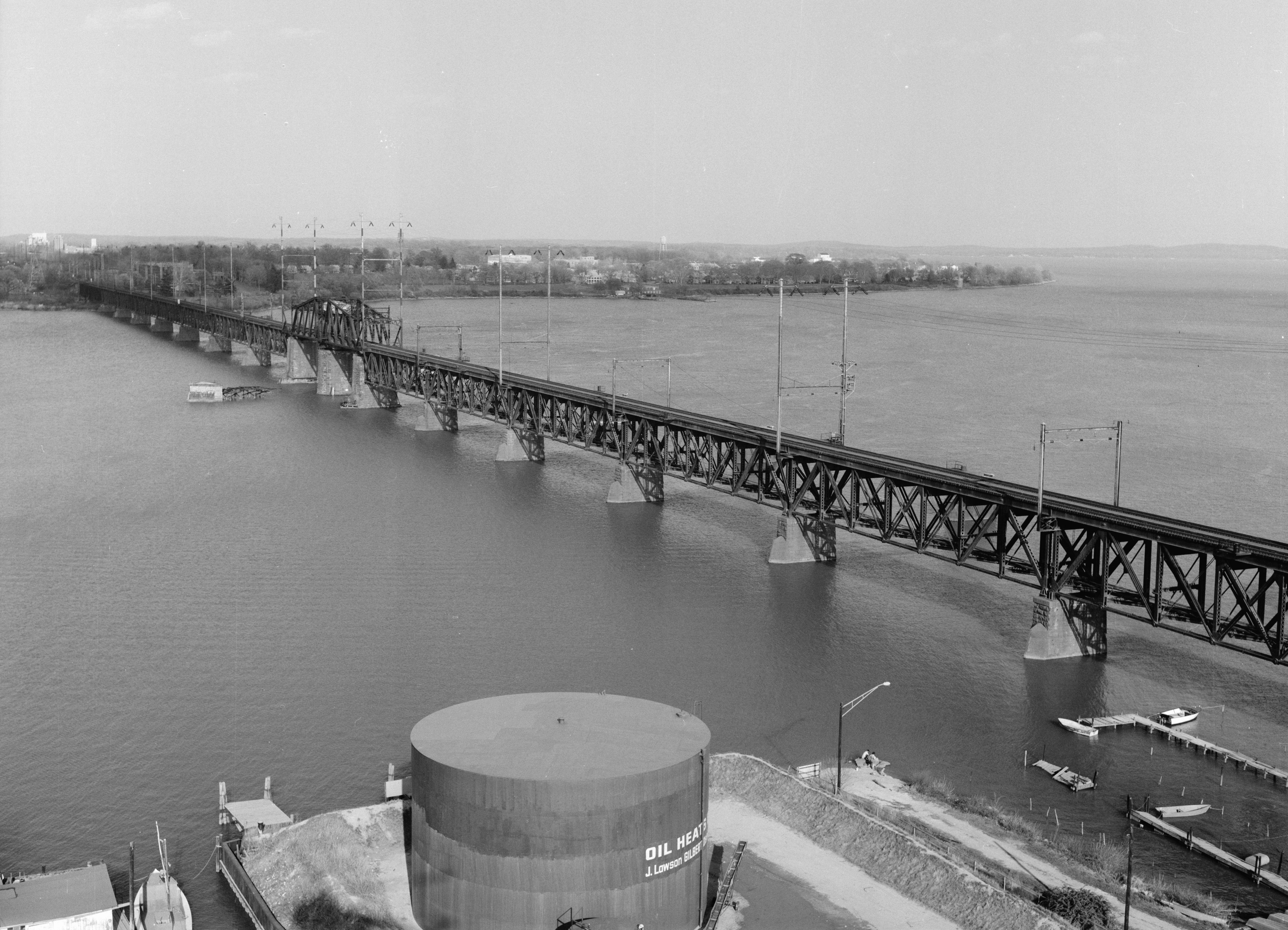|
Philadelphia, Baltimore And Washington Railroad
The Philadelphia, Baltimore and Washington Railroad (PB&W) was a railroad that operated in Pennsylvania, Delaware, Maryland, and Washington, District of Columbia, the District of Columbia from 1902 until 1976. A key component of the Pennsylvania Railroad (PRR) system, its main line ran between Philadelphia and Washington. The PB&W main line is now part of the Northeast Corridor, owned by Amtrak. History The railroad was formed in 1902 when the Pennsylvania Railroad merged two of its southern subsidiaries, the Philadelphia, Wilmington and Baltimore Railroad and the Baltimore and Potomac Railroad. In 1907, the PB&W became a co-owner of the new Washington Terminal Company, which operated the new Union Station (Washington, D.C.), Washington Union Station, the marble structure dubbed the "Transportation Temple of America". In 1916, the PB&W operated of road, including of trackage rights. Acquisitions The PB&W acquired six railroad companies: * 1906: South Chester Railroad * 1913 ... [...More Info...] [...Related Items...] OR: [Wikipedia] [Google] [Baidu] |
Broad Street Station (Philadelphia)
Broad Street Station at Broad and Market streets in Philadelphia was the primary passenger terminal for the Pennsylvania Railroad (PRR) in the city from December 1881 until the 1950s. Located directly west of Philadelphia City Hall, the site is now occupied by the northwest section of Dilworth Park and the office towers of Penn Center. History The original station was designed by Wilson Brothers & Company under authority of the old Philadelphia, Wilmington and Baltimore Railroad, established in 1836 from a merger of four smaller segment lines dating to 1831, running southwest to Baltimore and its President Street Station, which had just been purchased by the Pennsylvania Railroad assuming control, following its completion in 1881. The station was one of the nation's first steel-framed buildings, using masonry not as structure but as a curtain wall, which is the present process used in the construction of modern skyscrapers. Initially, trains arrived via elevated tra ... [...More Info...] [...Related Items...] OR: [Wikipedia] [Google] [Baidu] |

